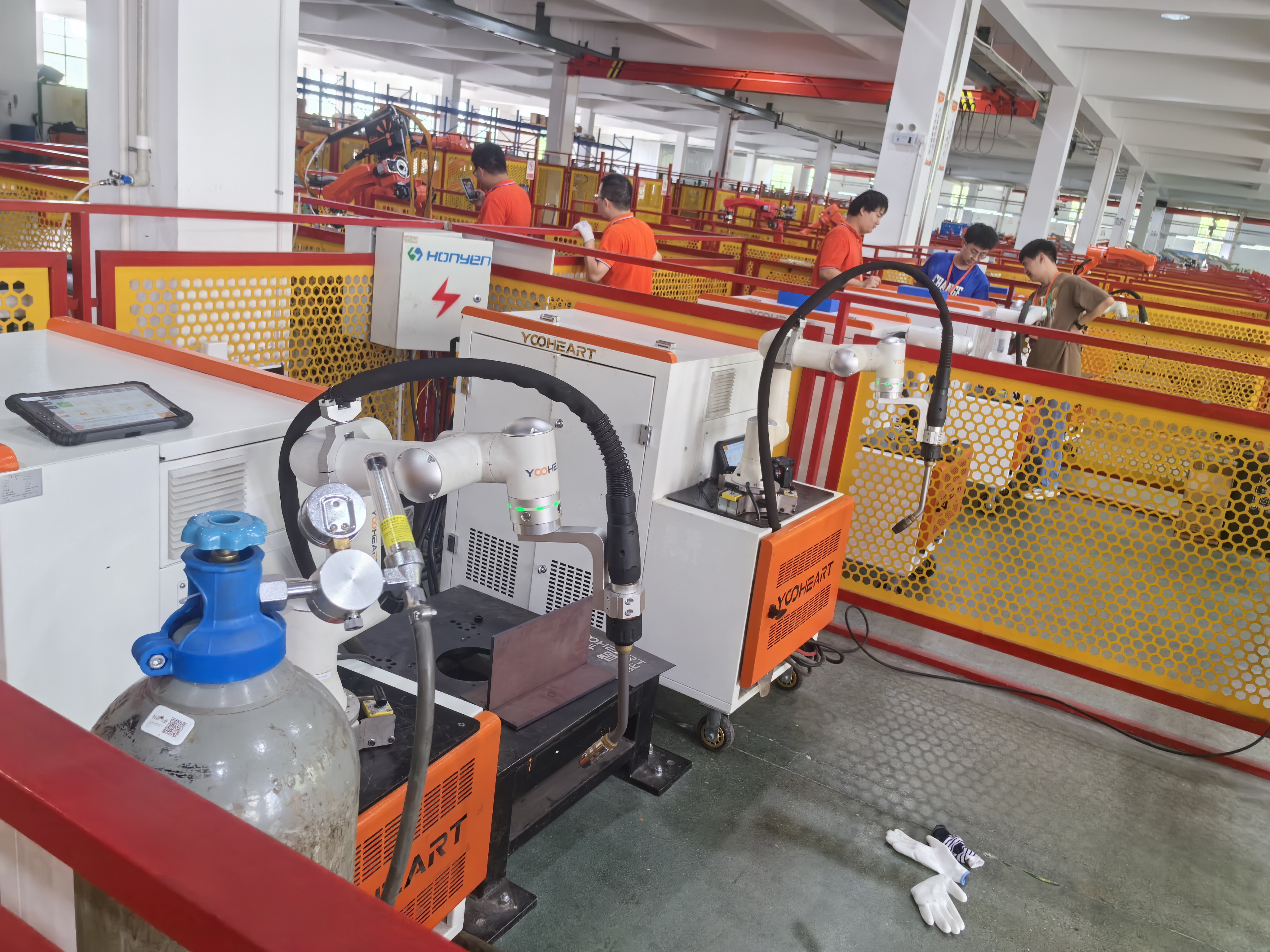Introduction
Chengdu CRP-Robot Technology Co., Ltd. (hereafter "CRP-Robot"), a leading Chinese industrial robotics manufacturer, has emerged as a key player in the global collaborative robot (cobot) market. Founded in 2012 and headquartered in Chengdu, the company specializes in developing safe, flexible, and cost-effective cobots for industries such as manufacturing, logistics, and automotive. With over 377 patents24 and recent breakthroughs in safety-certified designs, CRP-Robot’s cobots exemplify both innovation and market adaptability. This analysis evaluates the strengths and weaknesses of CRP-Robot’s collaborative robots based on their patented technologies, product features, and market performance.
Advantages of CRP-Robot Collaborative Robots
1. Enhanced Safety Mechanisms
CRP-Robot’s cobots prioritize human-robot interaction safety. Their patented end-flange structure (CN222371655U) integrates LED indicators and an IO communication board to visually display real-time operational status (e.g., progress, warnings), significantly reducing collision risks in dynamic environments124. For instance, the CRP-RC08-05 model employs multi-redundant hardware/software designs, enabling immediate collision detection and force limitation to protect workers without requiring safety cages8. Additionally, CRP-Robot became the first Southwest Chinese company to initiate CR certification (China Robot Functional Safety Certification), meeting stringent national standards for reliability (MTBF >100,000 hours) and electromagnetic compatibility3.
2. User-Friendly Design and Flexibility
CRP-Robot’s cobots emphasize ease of use. The CRP-RC08-05 model features drag-to-teach programming, allowing non-experts to program tasks intuitively, ideal for small-batch, high-variability production8. Modular designs simplify maintenance, while EtherCAT communication ensures stable data transfer and responsive collision handling8. These features align with the company’s philosophy of reducing deployment complexity and total ownership costs.
3. Technological Integration and Customization
By combining AI vision systems, IoT connectivity, and machine learning, CRP-Robot’s cobots adapt to complex tasks. For example, their AI-powered vision system enables rapid welding pattern recognition, reducing setup time by 60%4. The company also offers fully customizable software with open-source code, allowing clients to tailor solutions for niche applications like precision welding or LED component assembly87.
4. Global Market Competitiveness
CRP-Robot’s international expansion strategy—highlighted by overseas subsidiaries (e.g., Malaysia) and annual partner summits—has driven a 15% YoY order growth7. Their cobots, such as the Nynhan welding series, comply with global standards, making them viable for automotive and electronics sectors in 30+ countries79. Government support from Chengdu’s industrial zones further enhances their R&D and production capabilities37.
5. Cost Efficiency and Sustainability
The CRP-RC08-05 consumes only 200W under typical operation, reducing energy costs8. By slashing material waste by 45% and enabling 24/7 operation, CRP-Robot’s cobots offer rapid ROI, particularly for SMEs seeking lean manufacturing upgrades14.
Disadvantages and Challenges
1. Limitations in High-Precision Tasks
Despite advancements, CRP-Robot’s cobots exhibit constraints in ultra-fine operations. For instance, their repeatability (±0.06mm for CRP-RC08-05)8 lags behind competitors like Universal Robots (±0.03mm), limiting applications in microelectronics or medical device assembly. While machine learning improves adaptability, complex tasks requiring nuanced judgment still rely on human intervention12.
2. Dependence on Support Infrastructure
CRP-Robot’s success hinges on robust after-sales networks, particularly in overseas markets. Although the company provides “localized” technical support9, partners in regions like Southeast Asia may face delays in troubleshooting due to logistical barriers.
3. Ethical and Regulatory Risks
As cobots penetrate industries like healthcare, ethical concerns about job displacement and data security emerge. CRP-Robot’s AI-driven systems, while efficient, require stringent compliance with evolving global regulations (e.g., GDPR, ISO/TS 15066)12.
4. Market Perception and Brand Recognition
Despite CR certification, CRP-Robot competes with entrenched brands like FANUC and ABB. Some European clients perceive Chinese cobots as “budget alternatives,” potentially undervaluing CRP-Robot’s technological parity79.
Conclusion
CRP-Robot’s collaborative robots excel in safety, flexibility, and cost-effectiveness, driven by patented innovations and strategic global expansion. However, challenges in precision tasks, infrastructure dependencies, and brand perception underscore areas for improvement. By addressing these gaps through R&D investment (e.g., enhancing AI autonomy) and strengthening international partnerships, CRP-Robot is poised to solidify its position as a global cobot leader. For manufacturers prioritizing safety and ROI, CRP-Robot’s solutions offer a compelling blend of performance and affordability.
References
- Technical specifications and patents: 124
- CR certification and market strategies: 379
- Industry challenges: 12
Post time: Apr-08-2025






